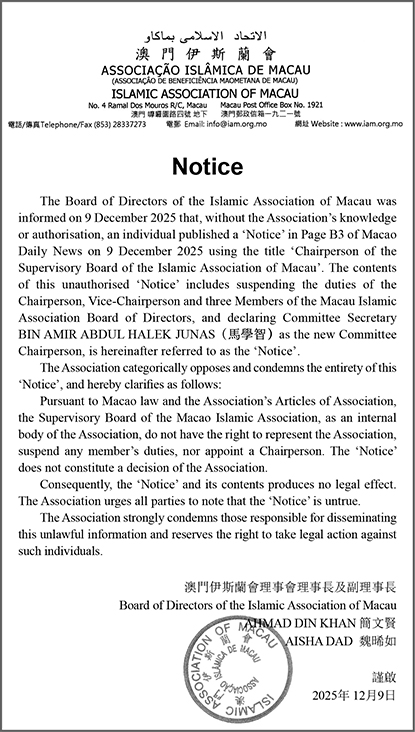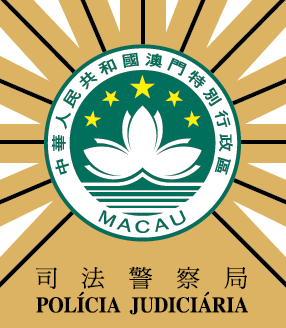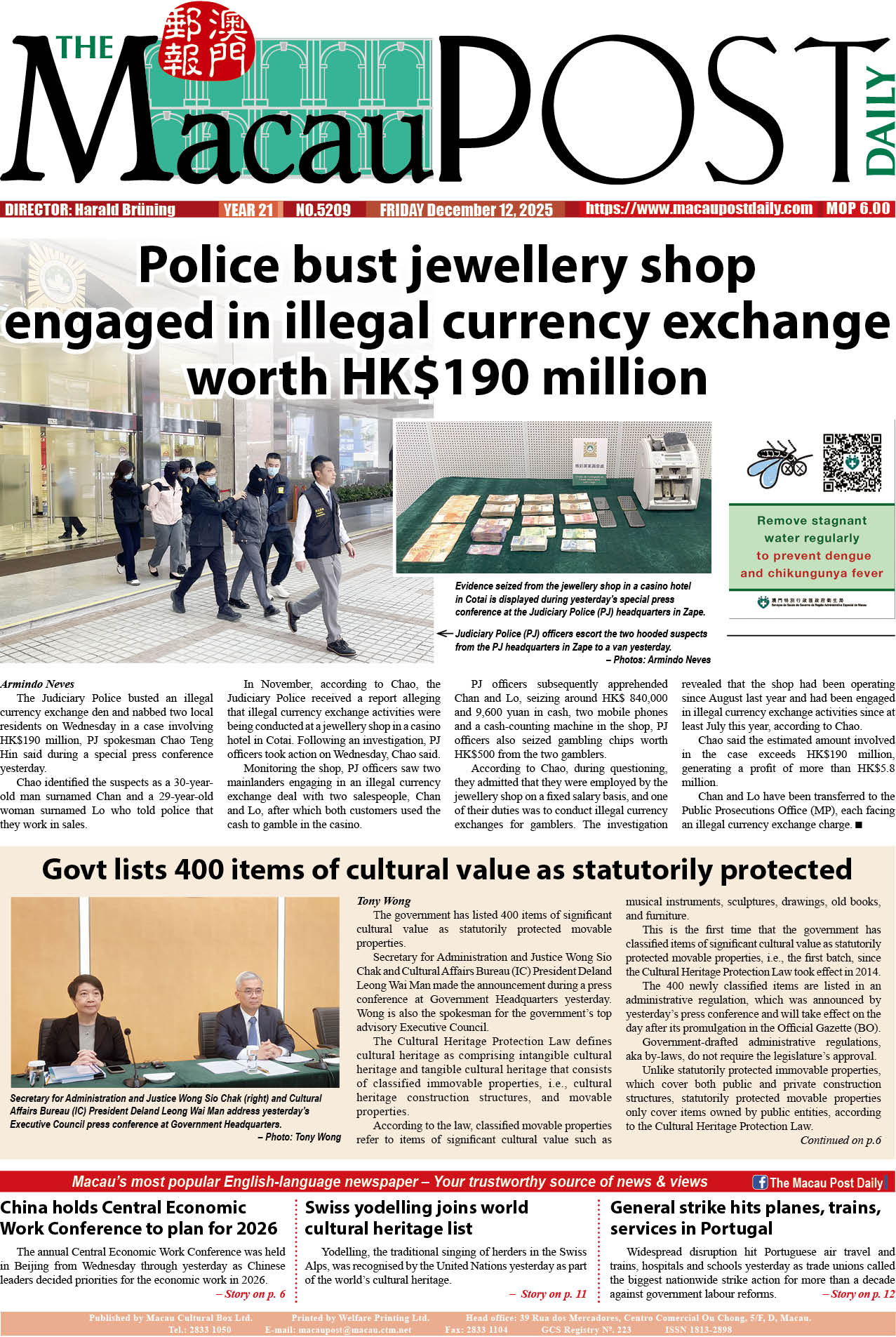Commentary by Denis Simon*
Chinese President Xi Jinping’s reply to a letter from Lamont Repollet, president of Kean University in New Jersey, could not have occurred at a more opportune time.
The letter was written against the backdrop of the 50,000-student initiative announced by President Xi at a welcome dinner by friendly organizations in the United States in November 2023.
That initiative, which involves an offer by the Chinese government to host 50,000 American students over the course of five years, represents an attempt to rebuild some of the bridges that have been torn asunder by a combination of the COVID pandemic and the souring of U.S.-China relations since the end of the Obama administration.
We can never forget the fact that education exchanges and academic cooperation between the United States and China has been one of the foundational elements in the bilateral relationship. Student and scholar exchanges along with research collaboration between universities have yielded many positive results for both countries.
Today, unlike the situation in the past, there is increasing parity between China and the United States in the fields of higher education and science and technology. As a result, we have finally reached a point where the concept of “mutual benefit” actually has some substantial meaning. A growing number of Chinese universities are now ranked among the top universities in the world; these academic institutions have a world-class faculty and a state-of-the-art infrastructure for learning and teaching as well as research.
China’s progress, while viewed as a type of threat to the United States by a number of observers, actually provides a unique opportunity for broader collaboration in an effort to address some of the world’s most pressing and seemingly intractable problems. In fact, it is safe to say that without close Sino-US cooperation among universities, think tanks, and government labs, it is less likely that we will be able to address in any meaningful way the broad array of key global challenges like climate change, clean energy, food security, and global health.
It is rather interesting that President Xi chose to make a major statement about the role of cooperation in higher education to the leader of an American university that is involved in a joint venture campus in Wenzhou, China. There are four official US-China joint venture universities – Duke Kunshan, NYU Shanghai, Tianjin Julliard, and Wenzhou-Kean.
In addition, there are dozens of other types of Sino-U.S. cooperation projects. The cooperation between Johns Hopkins University and Nanjing University that formed the Hopkins-Nanjing Center has proven to be a truly amazing project insofar as many diplomats and international business leaders from both countries actually received their formal graduate training at that Center on the campus of Nanjing University. The University of Michigan and Shanghai Jiao Tong University along with the University of Pittsburgh and Sichuan University respectively have formed joint degree programs in engineering that continue to produce a steady stream of highly qualified graduates.
Of course, the four actual joint venture universities are quite distinctive in many respects. Duke Kunshan and NYU Shanghai were both forged along the idea that a greater awareness of liberal arts education could help contribute to the long-term development of Chinese universities. Within the curriculum in these universities, students from China, the United States, and many other countries live and learn together both inside and outside the classroom.
They develop a strong degree of cross-cultural sensitivity and tolerance. One major aspect that is emphasized is global awareness – that students, wherever they are from, should not only know the history and culture of their own country, but also become more knowledgeable and aware of the history and culture of countries that are different from their own. Students also are taught skills in critical thinking and problem-solving as well as ethics so that they can better debate issues and hold discussions with their peers without ending in conflict or a major dispute. It is hoped that the experiences they have within the environment of the joint venture campuses will provide opportunities for a more harmonious future by building great trust derived from more in-depth appreciation of different cultural norms and values.
President Xi is right to emphasize the importance of increased student and scholar mobility between the U.S. and China. Of course, there are some in the US who see the rise of China as an excuse to de-link and disengage. Frankly, that would be a major mistake with negative ramifications for both countries. If there are any lessons to be drawn from the recent period of tense relations, it is that people-to-people diplomacy is the best way to build trust and understanding.
Improvements in Sino-US relations may necessarily have to occur from the bottom up rather than from the top down. Young people as well as university faculty and high school teachers need to have more chances to interact with one another so that they can exchange ideas and information in a positive sum fashion. With more than 290,000 Chinese students in the United States and around 1,200 American students in China, there remains a great imbalance. That is why it is so important for Americans to respond in a positive way to the 50,000-student initiative.
On the Chinese side, the China Education Association for International Exchange has been assigned responsibility for coordinating the host institutions, but unfortunately, no counterpart organization has emerged in the US. As a result, while some modest progress has been made in mobilizing more US students to visit China, it is clear a lot more could be done if there was an accountable US private or government agency involved to facilitate the flow of information to American colleges and universities. A failure to mobilize effectively on the US side certainly will result in a serious lost opportunity.
So, this is why President Xi’s letter is so important right now. While the two governments continue to try to resolve their numerous differences and another trade war already is in the making, there needs to be a new, revitalization of the bilateral education relationship, including more university-to-university collaboration to offset the difficulties and perhaps soften the tensions in political and military relations.
A vibrant US-China relationship is not just something nice to have, but it promises to be an element of vital strategic interest to both countries. The U.S. State Department needs to remove China from the “Level Three: Reconsider Travel” advisory, so that student mobility can grow without the current constraints that surround bilateral visits.
Chinese and American students with legitimate visas and educational purposes should not be impeded from pursuing their studies. Both governments must guarantee the personal safety and security of those participating in exchange programs and cooperative research projects. And most important, both governments must introduce greater clarity about the treatment of data and information so that students and scholars do not become caught up within the foreign policy and national security gamesmanship that is currently being played out.
While there will continue to be disagreements between Washington and Beijing, there is no good reason why student and scholarly exchanges cannot proceed ahead unimpeded so that we can chart a more peaceful, less antagonistic bilateral relationship in the coming years.
*Denis Simon is a distinguished fellow at The Institute for China-America Studies (ICAS) in Washington D.C., the former executive vice chancellor of Duke Kunshan University (2015-2020) and former senior adviser for China affairs to the president of Duke University.
The views expressed in this article are those of the author and do not necessarily reflect the positions of Xinhua News Agency.

Undated file photo of Denis Simon, distinguished fellow, The Institute for China-America Studies (ICAS) in Washington, DC. – Photo courtesy of ICAS










